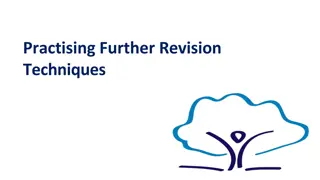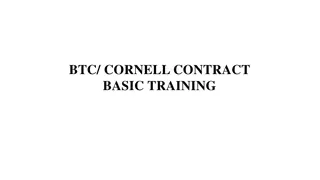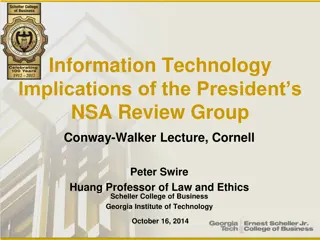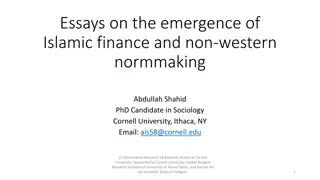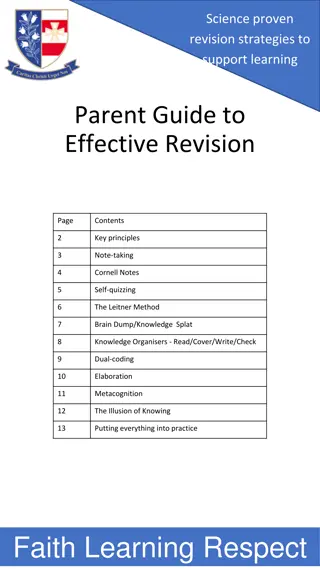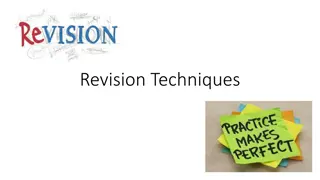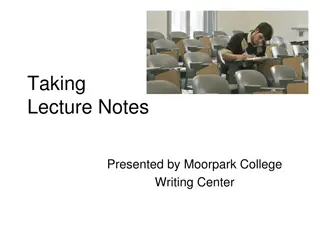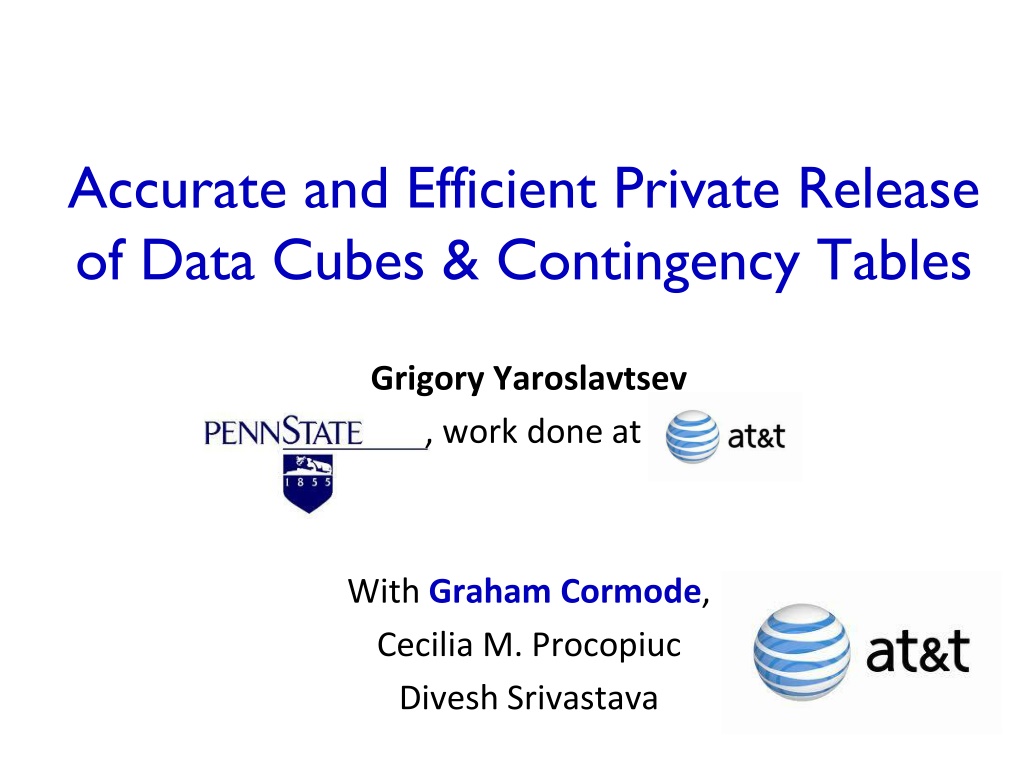
Efficient Private Data Cubes and Contingency Tables Release
Explore the accurate and efficient private release of data cubes and contingency tables, differential privacy in databases, optimizing linear queries, answering linear queries, and the strategy recovery approach with a focus on error minimization in this detailed study by Grigory Yaroslavtsev and team.
Download Presentation

Please find below an Image/Link to download the presentation.
The content on the website is provided AS IS for your information and personal use only. It may not be sold, licensed, or shared on other websites without obtaining consent from the author. Download presentation by click this link. If you encounter any issues during the download, it is possible that the publisher has removed the file from their server.
E N D
Presentation Transcript
Accurate and Efficient Private Release of Data Cubes & Contingency Tables Grigory Yaroslavtsev , work done at With Graham Cormode, Cecilia M. Procopiuc Divesh Srivastava
Differential privacy in databases ?-differential privacy For all pairs of neighbors ?,? and all outputs S: ?? ? ? = ? ??Pr ? ? = ? ? privacy budget Probability is over the randomness of A Requires the distributions to be close: A(D) A(D ) 2
Optimizing Linear Queries Linear queries capture many common cases for data release Data is represented as a vector x (histogram) Want to release answers to linear combinations of entries of x ( ) Model queries as matrix Q, want to know y=Qx Examples: histograms, contingency tables in statistics 3 5 1 1 1 1 0 0 0 0 7 0 0 0 0 1 1 1 1 0 x= 1 1 0 0 0 0 0 0 Q= 1 0 0 1 1 0 0 0 0 4 0 0 0 0 1 1 0 0 9 0 0 0 0 0 0 1 1 2 3
Answering Linear Queries Basic approach: Answer each query in Q directly, partition the privacy budget uniformly and add independent noise Basic approach is suboptimal Especially when some queries overlap and others are disjoint Several opportunities for optimization: Can assign different privacy budgets to different queries Can ask different queries S, and recombine to answer Q ( ) 1 1 1 1 0 0 0 0 0 0 0 0 1 1 1 1 Q= 1 1 0 0 0 0 0 0 0 0 1 1 0 0 0 0 0 0 0 0 1 1 0 0 0 0 0 0 0 0 1 1 4
The Strategy/Recovery Approach Pick a strategy matrix S Compute z = Sx + v noise vector strategy on data Find R so that Q = RS Return y = Rz = Qx + Rv as the set of answers Accuracy given by var(y) = var(Rv) Strategies used in prior work: Q: Query Matrix F: Fourier Transform Matrix I: Identity Matrix H: Haar Wavelets C: Selected Marginals P: Random projections 5
Step 2: Error Minimization Step 1: Fix strategy S for efficiency reasons Given Q, R, S, want to find a set of values { i} Noise vector v has noise in entry i with variance 1/ i2 Yields an optimization problem of the form: Minimize i bi / i2 (minimize variance) Subject to i |Si,j| i users j (guarantees differential privacy) The optimization is convex, can solve via interior point methods Costly when S is large We seek an efficient closed form for common strategies 6
Grouping Approach We observe that many strategies S can be broken into groups that behave in a symmetrical way Sets of non-zero entries of rows in the group are pairwise disjoint Non-zero values in group i have same magnitude Ci Many common strategies meet this grouping condition Identity (I), Fourier (F), Marginals (C), Projections (P), Wavelets (H) Simplifies the optimization: A single constraint over the i s New constraint: Groups iCi i = Closed form solution via Lagrangian 7
Step 3: Optimal Recovery Matrix Given Q, S, { i}, find R so that Q=RS Minimize the variance Var(Rz) = Var(RSx + Rv) = Var(Rv) Find an optimal solution by adapting Least Squares method This finds x as an estimate of x given z = Sx + v Define = Cov(z) = diag(2/ i2) and U = -1/2 S OLS solution is x = (UT U)-1 UT -1/2 z Then R = Q(ST -1 S)-1 ST -1 Result: y = Rz = Qx is consistent corresponds to queries on x R minimizes the variance Special case: S is orthonormal basis (ST = S-1) then R=QST 8
Experimental Study Used two real data sets: ADULT data census data on 32K individuals (7 attributes) NLTCS data binary data on 21K individuals (16 attribues) Tried a variety of query workloads Q over these Based on low-order k-way marginals (1-3-way) Compared the original and optimized strategies for: Original queries, Q/Q+ Fourier strategy F/F+ [Barak et al. 07] Clustered sets of marginals C/C+ [Ding et al. 11] Identity basis I 9
Experimental Results ADULT, 1- and 2-way marginals NLTCS, 2- and 3-way marginals Optimized error gives constant factor improvement Time cost for the optimization is negligible on this data 10
Overall Process Ideal version: given query matrix Q, compute strategy S, recovery R and noise budget { i} to minimize Var(y) Not practical: sets up a rank-constrained SDP [Li et al., PODS 10] Follow the 3-step process instead 1. Fix S 2. Given query matrix Q, strategy S, compute optimal noise budgets { i} to minimize Var(y) 3. Given query matrix Q, strategy S and noise budgets { i}, compute new recovery matrix R to minimize Var(y) 11
Advantages Best on datasets with many individuals (no dependence on how many) Best on large datasets (for small datasets, use [Li et al.]) Best realtively small query workloads (for large query workloads, use multiplicative weights [Hardt, Ligett Mcsherry 12]) Fairly fast (matrix multiplications and inversions) Faster when S is e.g. Fourier, since can use FFT Adds negligible computational overhead to the computation of queries themselves 12

